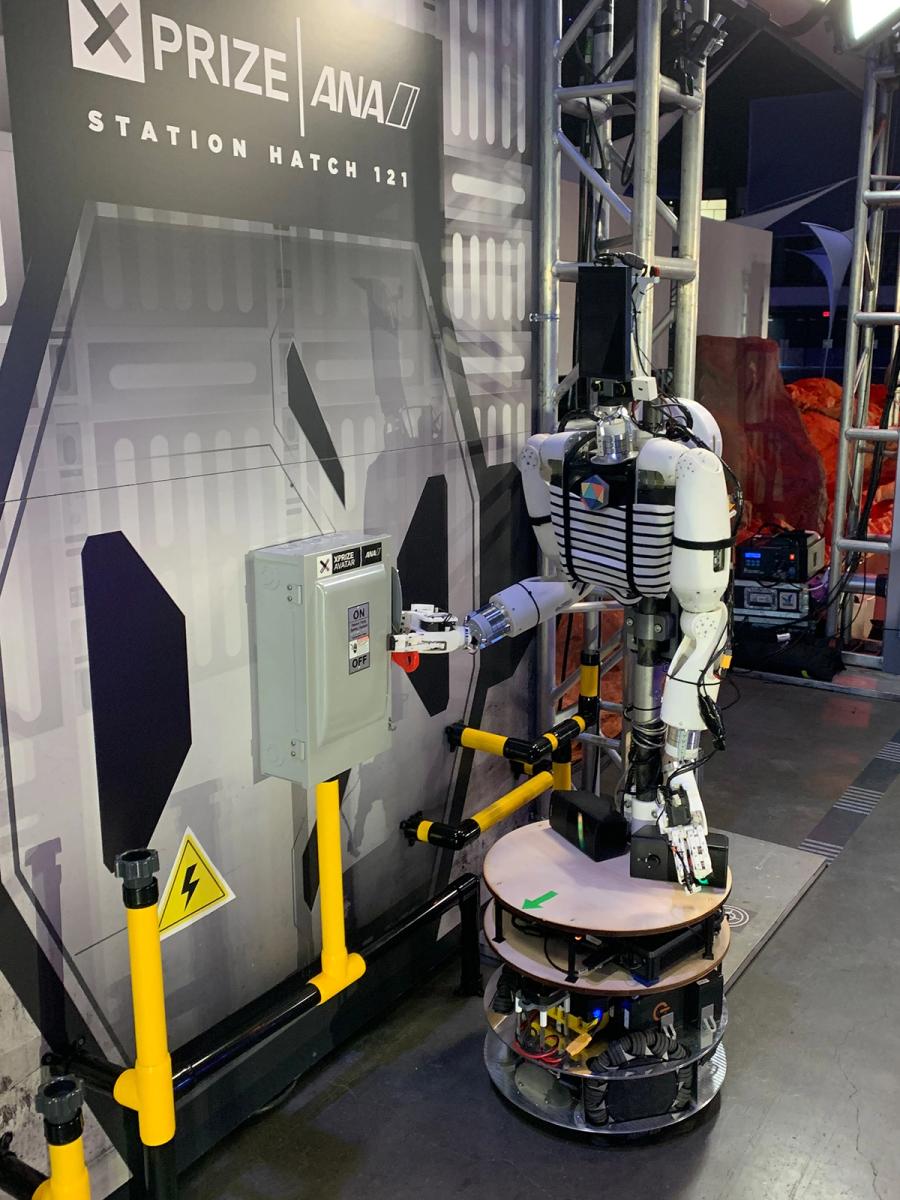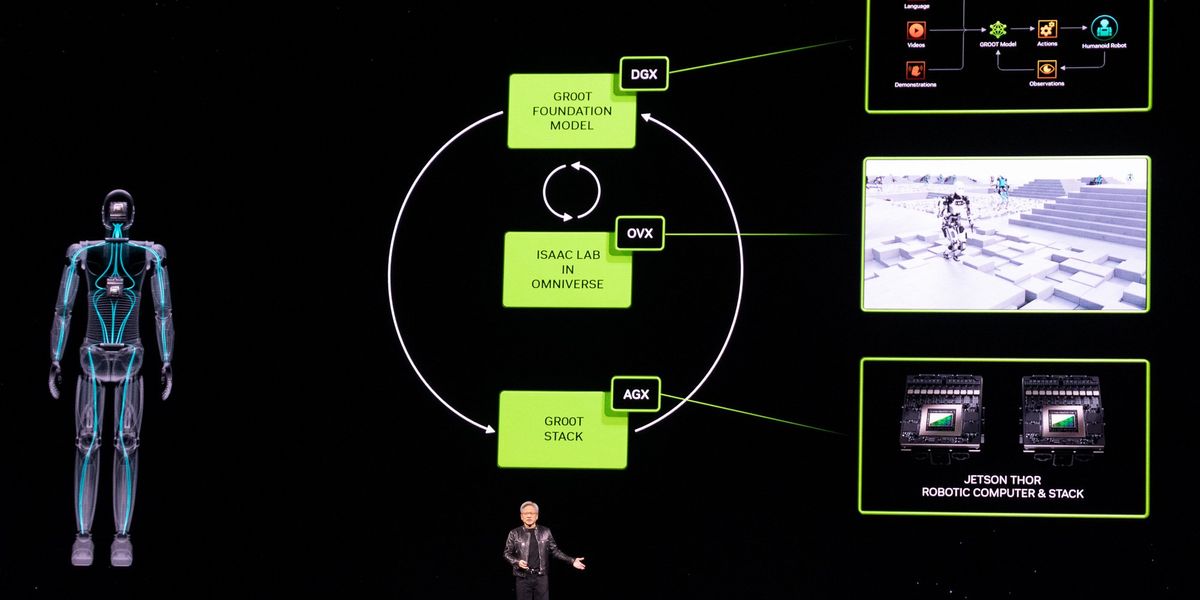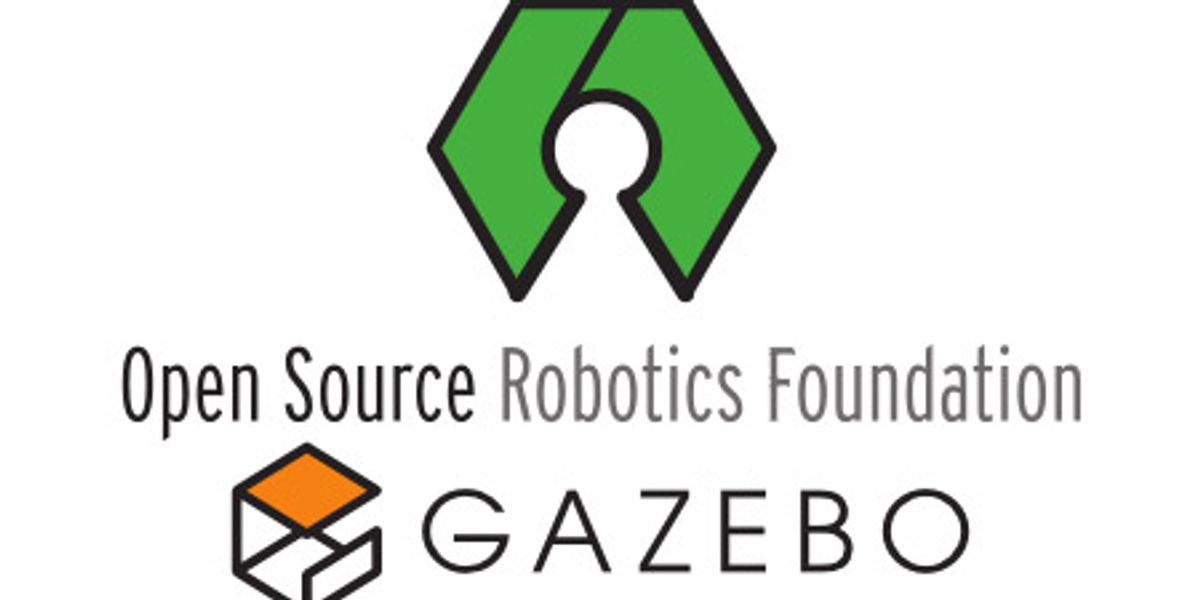Reachy

Reachy is an open source humanoid robot designed for research and prototyping. It can be programmed or controlled through VR, and is particularly good at interacting with people and manipulating objects.
- Creator
- Year
- 2020
- Country
- France 🇫🇷
- Categories
- Features
Did you know?
Reachy is named after Lionel Richie.

History
Pollen Robotics was founded in 2016 by Matthieu Lapeyre and Pierre Rouanet, who were former roboticists at the French research center Inria. Headquartered in Bordeaux, France, Pollen aims to make AI and robots accessible and useful in the real world. One of their first creations was Poppy, the first 3D printed open source humanoid robot. A more recent creation, Reachy, won second place at the ANA XPrize, an international robotic teleoperation competition where robots had to navigate in a simulated Mars environment. Reachy completed tasks such as weighing supply bottles, unscrewing a hatch with an electric drill, and retrieving the roughest space rock from a selection.


Specs
- Overview
Navigation system to move around human environments. Two lightweight 7-DoFs bio-inspired arms for grasping. Modular and customizable open source hardware. Fully programmable with Python API and ROS 2.
- Status
Ongoing
- Year
2020
- Website
- Width
- 25 cm
- Height
- 150 cm
- Length
- 50 cm
- Weight
- 32 kg
- Speed
- 3.6 km/h (recommended), 9 km/h (max)
- Sensors
Head: dual 1080p@30fps camera with motorized zoom (FOV 65° to 125°). Gripper: force sensor. Mobile base: Hall sensors and IMU on each wheel, RP lidar S2.
- Actuators
Arms: 16 Dynamixel motors. Orbita neck joint: 3 DC Maxon brushless motors. Antennas: 2 Dynamixel motors.
- Degrees of Freedom (DoF)
- 21 DoF (Arms: 7 DoF x 2; Grippers 1 DoF x2; Neck: 3 DoF; Antennas: 1 DoF x 2)
- Materials
3D printed MJF, SLS, and PLA. Painted aluminum. Steel structure.
- Compute
Internal computer NUC Intel i5 dual-core 2.1 Ghz with 8 GB DDR4 and 256 GB SSD. Embedded TPU (Google Coral) for running ML models at high speed locally. HDMI, USB, Ethernet, and Wi-Fi.
- Software
ROS 2 Foxy, gRPC clients, Python SDK & API, VR teleoperation application, dashboard application, simulation packages for Unity and Gazebo.
- Power
Lithium-ion battery OlenBox M: 24V, 35Ah. Equipped with a BMS for safety, 10 hours of operation.
- Cost
- € 9,990 — € 39,990 depending on configuration







